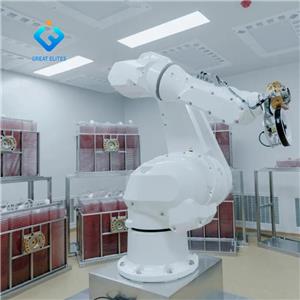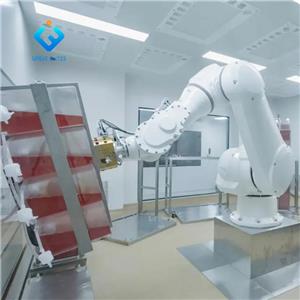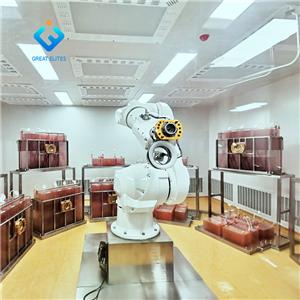New direction of biopharmaceutical
New direction of biopharmaceutical
Biopharmaceutical is the use of biotechnology to produce natural active substances in living organisms. Its effective ingredients are usually some bioactive proteins, DNA, viruses, cells or tissues, etc. the administration method is direct tissue injection.
So what is the difference between space biopharmaceuticals? The development of intelligent and efficient biomass drugs can not be separated from the insight into the molecular structure and interaction principle of biomaterials. However, biological materials such as proteins have large molecular weight, complex structure, molecular variability and inactivation, and the interference of gravity or buoyancy of the external environment makes the purification process extremely difficult. The mode of molecular interaction in the in vitro solution is far from the actual situation in vivo. Take insulin molecule as an example. It contains 784 atoms, while water molecule has only 3 atoms. The complexity of biomaterials is obvious. In the space environment, the characteristics of weightlessness, space radiation and circadian rhythm change are creating a special environment for people to recognize things.
In space, since the posture and distribution of biomacromolecules are no longer affected by buoyancy convection and gravity sedimentation, biomacromolecules can be more stretched and fully combined. In the weightless environment, biomolecules "converge" and impurities can be more fully filtered to form high-quality crystals with higher purity and more orderly arrangement. The combination of molecules in space may also produce new crystals different from those on the ground, which is helpful to the research and development of new drugs. Nano sized uniform crystals can also be made into oral capsules to prevent people from suffering from injection.
Space radiation is generally thought to damage the DNA of living organisms. However, from another perspective, DNA changes are sometimes equivalent to the creation of new species, often with new characteristics and new capabilities. Therefore, for systems that use microorganisms, animal and plant cells, tissues or individuals to prepare drugs, the use of space radiation to induce damage or mutation of specific genes may lead to more robust biological production systems, thereby improving drug production, and even obtaining candidate drugs that are difficult to prepare on the ground.
Space biopharmaceutical technology is also indispensable for space life. Long term radiation will accelerate drug failure. Therefore, screening a radiation resistant production system for human space activities, developing reliable production processes and equipment, and preparing drugs according to real-time demand have become another new direction of space biopharmaceutical.




